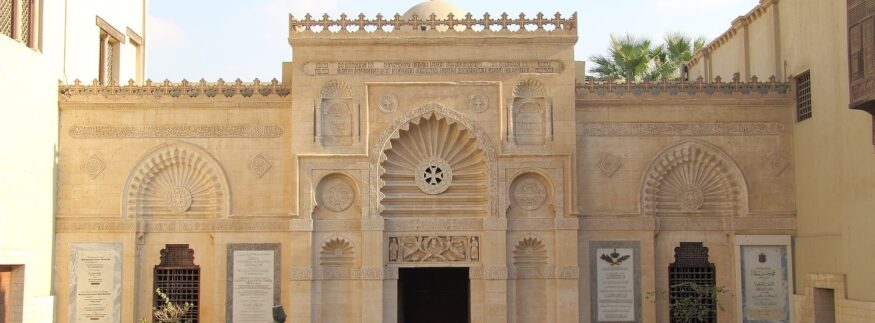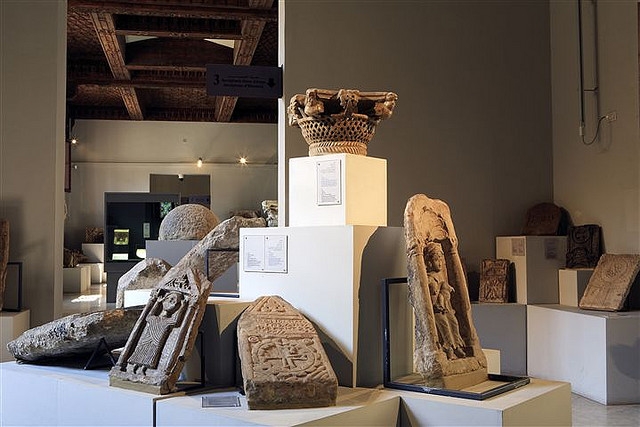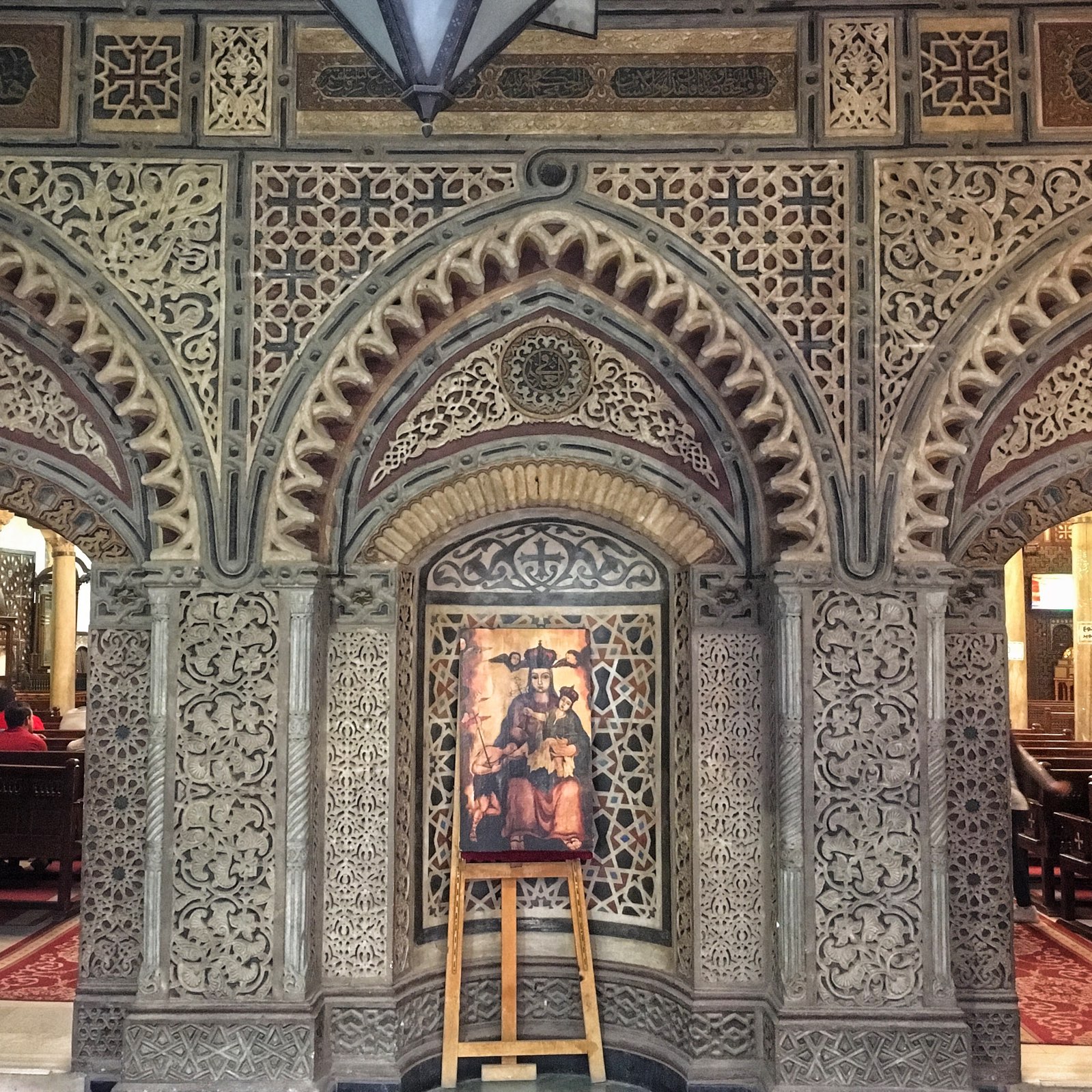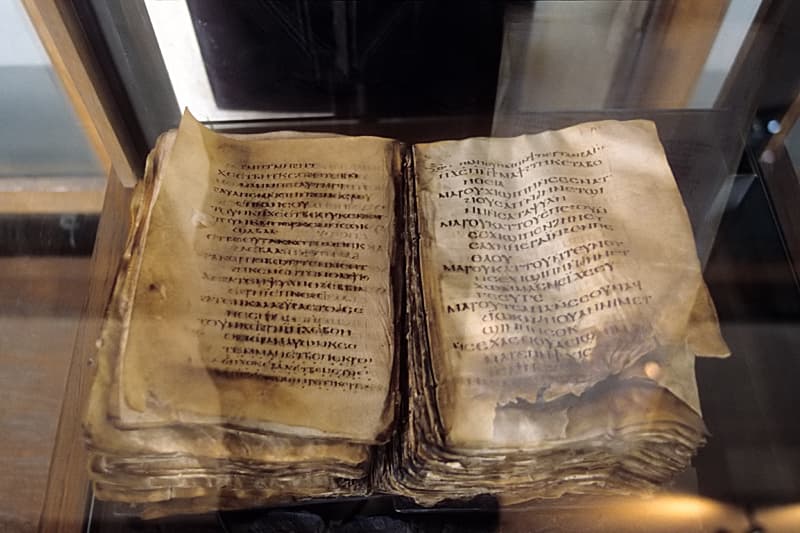The Coptic Museum: The History of Egypt to the Psalms of David
cairo museums Coptic Art Coptic Cairo Coptic Museum
Cairo 360
The Coptic Museum in Cairo is a place with thousands of antiquities and rare art pieces – along with icons, manuscripts, textiles, and woodwork – reflecting a historical era from the 4th century CE. The museum is located in Old Cairo within the walls of “Babylon’s fortress”, built in the Roman age during the rule of Emperor Trajan as the first line of defence for Egypt’s southern gate. The fortress is considered among the most famous Roman monuments in Egypt.
The idea for the Coptic Museum began when the French Egyptologist Gaston Camille Charles Maspiro collected Coptic art from all over Egypt, for which he dedicated a hall from the Egyptian Museum in the Beau-Lac area (Bolaq), which he was general secretary of at the time. With the increasing number of artefacts he found, the Egyptian Museum hall became too crowded and Maspiro suggested constructing an independent museum for Coptic objects.

The Egyptian Coptic researcher Morcos Semik Pasha was the first to contribute to establishing the museum, while Pope Kirolos the Fifth, patriarch of the Coptic Orthodox Church, donated land affiliated to the Hanging Church. What is truly admirable is that the door for the initial public offering was opened for all Egyptians to contribute. The museum was eventually built from two halls inside the Hanging Church and was opened in 1910. All Coptic artefacts were collected from the Egyptian Museum to be displayed in their new home. Semik Pasha gathered more pieces from churches, monasteries, and homes of Coptic noblemen and ran the museum from the day it opened until his passing in October 1944.
In 1992, following the most devastating earthquake in Egypt’s modern history, a big part of the museum was destroyed, and a restoration project was undertaken. The museum reopened in 2006 after 14 years.

As soon as you enter the museum, your attention is consumed by Coptic art mixed with ancient Egyptian traditions and Hellenistic, Byzantine, and Islamic civilisations. The museum merges archaeological material and documents that help study the history of Egypt from the early days of society to the emergence of Christianity.
In front of the main entrance, you will find two stone lion statues, which appear to protect the building. A few steps away, a bust of the museum’s founder, Semik Pasha, stands on a marble pedestal in his honour, returning the favour for his efforts in establishing the museum. Facing the museum’s main gate is a courtyard with several fountains in beautiful geometric shapes. There are also several archaeological constructions such as capitals (the topmost member of a column), columns, benches, coffins, and some statues and pulpits made of stone, including the pulpit of St. Jeremiah, dating back to the 6th-7th century, made from stone and discovered in the St. Jeremiah Monastery in Sakkara.
The Psalms of David

The museum consists of two wings connected by a small hallway. Approximately 16,000 collectables are on display inside the building, organised according to type and divided into 12 departments. These departments include the Department of Stones and Plasterboard, the Department of Development of Coptic Writing and Manuscripts, the Department of Textiles, the Department of Ivory and Iconography, the Department of Wood, the Department of Metals, and the Department of Pottery and Glass. Additionally, you can find mesmerising Coptic art and manuscripts of the Holy Bible dating back thousands of years.
The Book of Psalms by David has its full dedicated hall, Hall 17, and is considered one of the most valuable artefacts in the museum, having been discovered in a tomb going back to the early Christian period.
For more info, visit متاحف القاهرة (cairo.gov.eg)
recommended
 Cafés
Cafés
Bite Into the Croffle Craze: The Best 5 Spots to Try Croffles in Cairo
cafes cairo +2 City Life
City Life



